Pest Detection Programs
Insect Trapping Program
Why does our program exist?
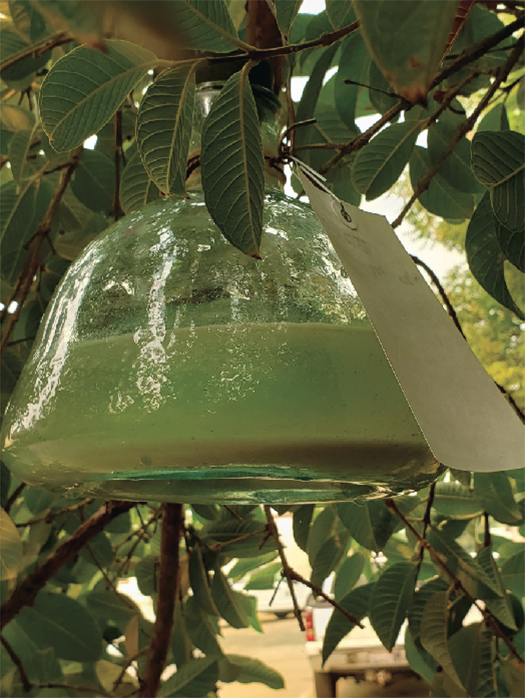 The Pest Detection Program is designed to proactively detect, identify, and prevent the introduction and establishment of non-native, agricultural, and environmental detrimental pests in California and/or Fresno County. This program functions as an alliance between three cooperating agencies: the California Department of Food and Agriculture, the United States Department of Agriculture, and the County Agricultural Commissioner. The export of California agricultural products is important to the local economy. Detection trapping programs with negative trap results give assurance to our international trade partners that our agricultural products are free from invasive pest species.
The Pest Detection Program is designed to proactively detect, identify, and prevent the introduction and establishment of non-native, agricultural, and environmental detrimental pests in California and/or Fresno County. This program functions as an alliance between three cooperating agencies: the California Department of Food and Agriculture, the United States Department of Agriculture, and the County Agricultural Commissioner. The export of California agricultural products is important to the local economy. Detection trapping programs with negative trap results give assurance to our international trade partners that our agricultural products are free from invasive pest species.
Who does our program serve?
Early detection programs are beneficial to growers and consumers. By protecting our environment in limiting the need for increased pesticide applications for control or eradication efforts, it enables growers to provide consumers with an ample quantity of quality produce at affordable prices.
What pests are we targeting?
Our detection trapping program currently targets the following 11 high-priority, invasive pests: four fruit flies (Mediterranean, Mexican, Oriental, and melon); three moths (spongy moth [formerly known as gypsy moth], light brown apple moth, and European grapevine moth); two beetles (Japanese beetle and khapra beetle); and two “homopteran*” (Asian citrus psyllid and glassy-winged sharpshooter) *now classified as Hemiptera. For more in-depth information on these invasive pests see the Targeted Pests section.
When is our pest detection program active?
Most traps are maintained on a seasonal basis (April through October) while a few are maintained throughout the year. Each trap is serviced on a regular schedule with a frequency ranging from weekly to monthly.
How does the program work?
The invasive pests currently tracked in our program are specific to their preferred hosts, thus traps are placed accordingly. In the urban detection program, our county trappers place traps in trees or in the ground on a pole. The traps utilized in the program include a glass McPhail trap; white, yellow, red, or green paper traps; or a green plastic insect trap.
You might hear us knocking on your door to provide information about the program and asking permission to place a trap on your property. If you are not home, we’ll leave a flyer with details on where the trap has been placed. Often, the traps are high in a tree so you may not see them. In general, we do not enter gated back yards, but we may place traps over fences using long extension poles. You can assist our program by not moving or damaging the traps.
If you have questions, concerns, or want a trap removed, please call our office at 559-600-7510 and ask for the Insect Trapping Supervisor.
What Else Should You Watch For?
Other invasive pests could be transported into our county at any time. Some of the current pests of concern include:
- the Asian spongy moth or LDA moth (Lymantria dispar asiatica),
- Asian longhorned beetle,
- emerald ash borer beetle,
- European cherry fruit fly,
- false codling moth,
- spotted lanternfly, and
- red imported fire ant.
For more information on these pests and others, we recommend you explore:
It Works Best When We Work Together
While we highlighted our targeted pests of concern and ask you to keep an eye out for species that are a potential threat to our agriculture and environment if they arrive, we recognize being able to actually identify them in your home, garden, or field is not easy.
After all, there is incredible arthropod diversity and many native species can look a lot like our targeted pests of concern. It is for this reason we provide resources for pest identification and will try and assist you with identification. See the Pest Identification Services page.
While we can also try to assist you with identification of weeds or plant diseases, it is likely we’ll need to forward your questions to the Fresno County Master Gardeners at 559-241-7534 or mgfresno@ucdavis.edu.
Targeted Pests
Fruit Flies
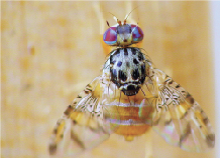 Mediterranean Fruit Fly
Mediterranean Fruit Fly
Ceratitis capitata
Photograph by Daniel Feliciano
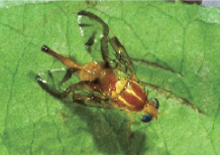 Mexican Fruit Fly
Mexican Fruit Fly
Anastrepha ludens
Florida Department of Agriculture, Public Domain
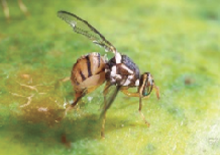 Oriental Fruit Fly
Oriental Fruit Fly
Bactrocera dorsalis
Scott Bauer, USDA, Bugwood.org
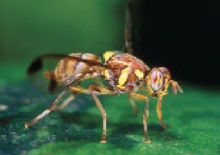 Melon Fruit Fly
Melon Fruit Fly
Bactrocera cucurbitae
Scott Bauer, USDA, Bugwood.org
Moths
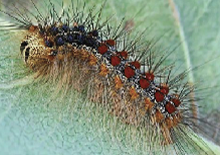 Spongy Moth
Spongy Moth
Lymantria dispar
Photograph by Entomart ©
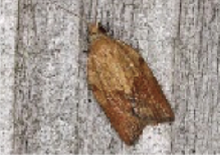 Light Brown Apple Moth
Light Brown Apple Moth
Epiphyas postvittana
Photograph by Donald Hobern
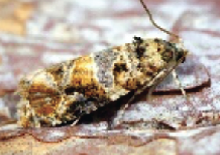 European Grapevine Moth
European Grapevine Moth
Lobesia botrana
Photograph by Ben Sale
Beetles
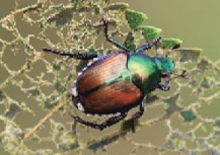 Japanese Beetle
Japanese Beetle
Popillia japonica
Florida Dept. of Agriculture, Public Domain
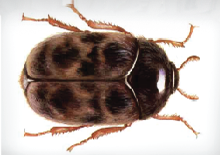 Khapra Beetle
Khapra Beetle
Trogoderma granarium
Drawing by USDA, Public Domain
Homopteran (Now Classified as Hemiptera)
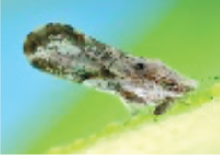 Asian Citrus Psyllid
Asian Citrus Psyllid
Diaphorina citri
Steven Katovich, Bugwood.org
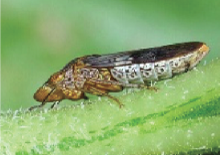 Glassy-winged Sharpshooter
Glassy-winged Sharpshooter
Homalodisca vitripennis
Credit: Russ Ottens, Bugwood.org